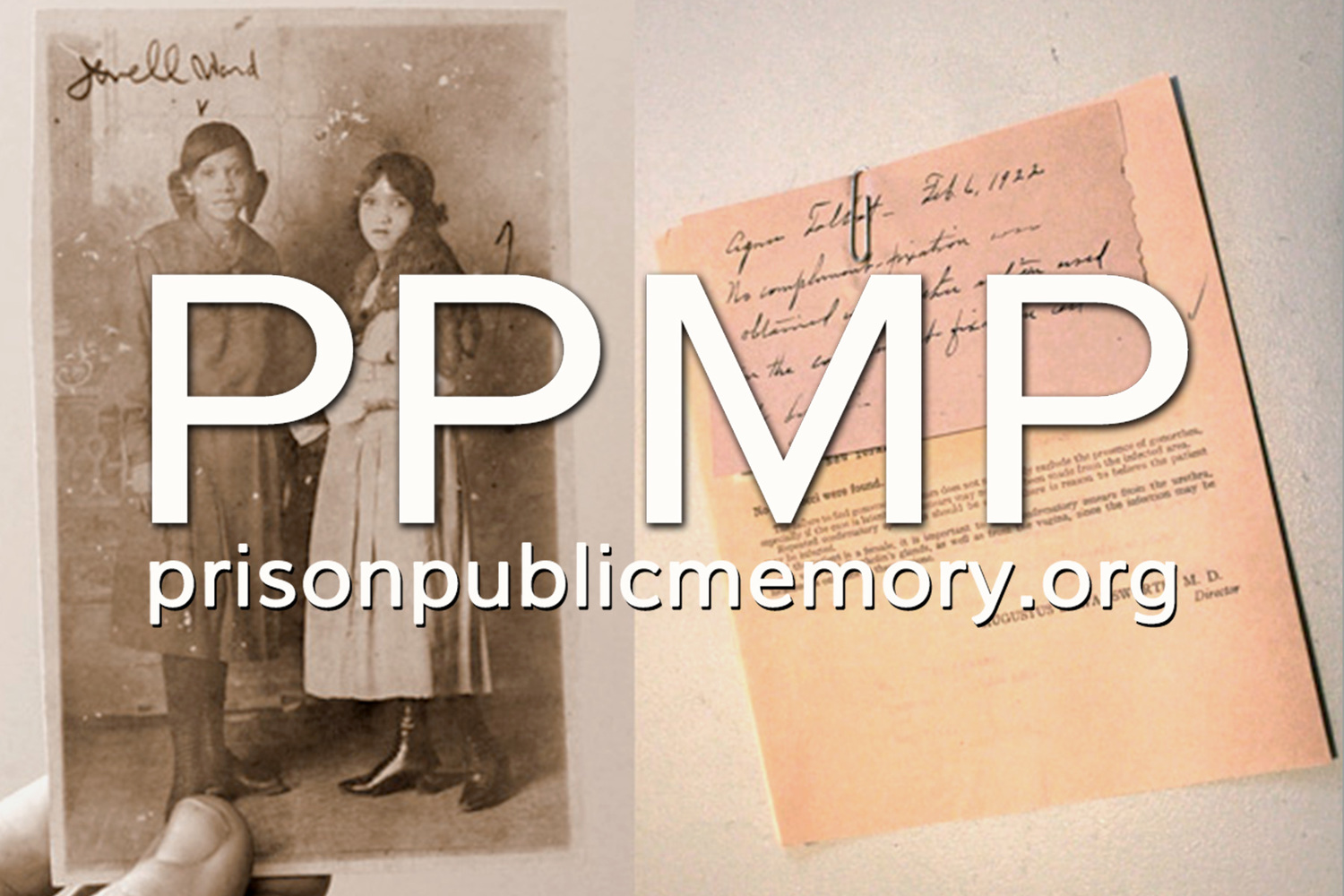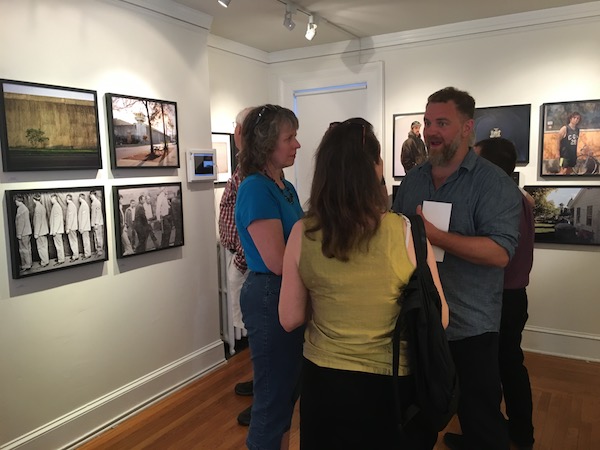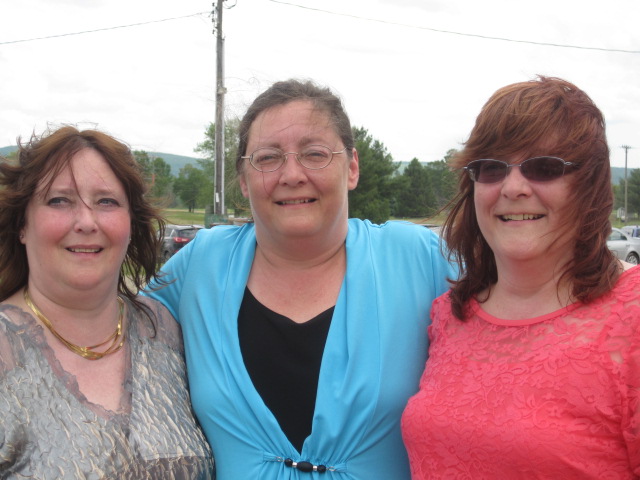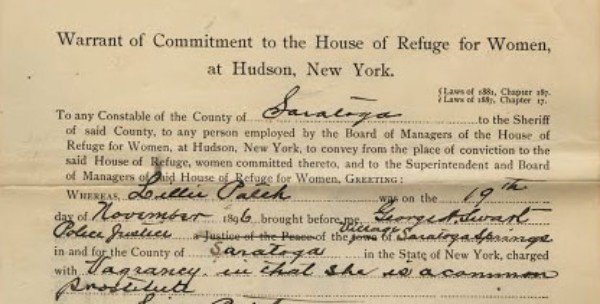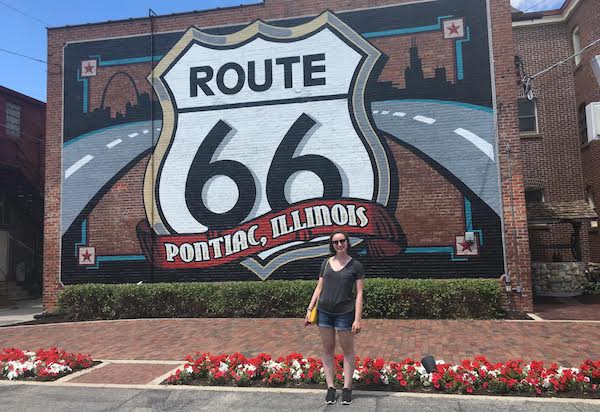Where We've Been...Where We're Going
/We’re excited to share some highlights of our work at Prison Public Memory Project from 2017 as well as some of our plans for 2018. This report doesn’t include everything so please be in touch if you want to know more. And if you’d like to help us reach our goals for 2018 with a donation, that would be greatly appreciated. Please use the DONATE button below to make a contribution.
2017 Highlights
& Plans for 2018
New digital prison history archive
In December, we launched a new public service. In the months and years to come, this may turn out to have been one of the most important actions we ever took.
Our new Digital Prison Archive makes available to the public, for the first time, rare pieces of prison history discovered in local collections, attics and basements in our prison host communities. Made possible by people who live and/or work in these communities, our Digital Prison Archive bears witness to a broad—a kind of 360 degree—view of prisons, their roles in society and community in different eras and the thousands of lives they affect in profound and ordinary ways. Please check it out!
In 2018, with your support, we’ll add more material to this archive. We’ve already heard from many people excited to see and use these precious resources—historians, educators, artists, filmmakers, writers, and formerly incarcerated people, prison workers and their family members. We look forward to the archive becoming a launch pad for new initiatives fostering conversation, reflection, truth, understanding, justice, and transformation.
New prison memory site in Pontiac, Illinois
In June, we opened an office in our second U.S. prison memory site, Pontiac, Illinois, a small city of 11,000 in Central Illinois, the ‘Land of Lincoln’. We are so excited to be able to test the model we developed in Hudson, NY in Pontiac!
This summer we completed initial research on the rich history of the historic prison in Pontiac – the oldest still operating prison in Illinois. In partnership with the Pontiac Public Library, we catalogued and created an annotated bibliography of sources on the prison at the Library. This great new tool for researchers is now available to the public at the Library and will be available online on our website in 2018.
In September, we published a fascinating story about the infamous 1978 prison uprising in Pontiac from the perspective of community members.
In 2018, with your support, we’ll be developing a new oral history, photography, and dialogue initiative documenting and sharing the perspectives of people directly involved or affected by this watershed event including formerly incarcerated people, the people who worked at the prison, the fire and other rescue workers, the state police, lawyers and judges and families of people killed and injured.
Also in early 2018 with your support, we’ll complete the task of building the digital ‘architecture’ on our website that will allow us to create a portal for the public to the stories, oral histories, and other resources from our work in Illinois as we move forward there.
Engaging community programs
Things were hopping this summer at our Hudson, New York prison memory site! We partnered with the Davis/Orton Gallery in Hudson to provide a month-long series of public education programs augmenting the exciting and provocative photography exhibit PRISON, featuring award-winning photographers Isabelle Kosofsky and Joe Librandi-Cowan as well as others. Four weekly programs drew standing-room only crowds from Hudson, the surrounding Hudson Valley Region, and beyond for films, roundtables, and illustrated lectures exploring the history of the prison in Hudson, needs of children of incarcerated parents locally, and impacts of prisons on their host communities throughout New York State.
Important stories
In 2017, we published several stories on our website bringing to light new information and perspectives on prison history. These stories take weeks to research and write but they are the backbone of our mission to bear witness to history that might otherwise be lost. Here are three.
Brian Buckley used a research award from the NYS Archives to shed new light on the story of the closing of the NYS Training School for Girls (1904 – 1975), once the largest detention center for girls in the United States. The story features primary sources from the offices of New York State Governors Nelson Rockefeller and Hugh Carey (1971-1975). We published that story in January.
In August, we told the inspirational story of three brave, persistent sisters from western New York who became history detectives in pursuit of clues about their grandmother Hilda incarcerated at the NYS Training School in Hudson in the early 1900’s. Over time, the sisters were able to forge together bits and pieces of information to gain a clearer picture of a life that had been a mystery. The rewards for their efforts include a deeper understanding of their grandmother’s life, actions, behavior and legacy. We were honored to help these sisters at a couple of critical points in their research as part of our Family Research Service.
In October, we published a groundbreaking story made possible by the loan from a Hudson, NY resident of an exceedingly rare inmate case file from the House of Refuge for Women (1887 – 1904) in Hudson, NY, a reformatory for ‘fallen women’. It contains a wide variety of document types including commitment records, behavioral reports, letters, and photo portraits. Grinnell College intern Emma Friedman used the materials in this file to bring to light the story of Lillie Patch, a young woman committed to the Hudson House of Refuge in 1896 for “vagrancy in that she is a common prostitute”. As the story makes clear, the women at the Refuge in these years were subjected to harsh punishment for minor infractions of institutional policy, leading to a major riot in this reformatory in 1899.
Partnerships
We have a deep interest in and commitment to the communities that make up our prison memory sites. In 2017, we collaborated with organizations and individuals in these communities and beyond on a variety of important initiatives.
We brought together artist, writer and educator Maureen McNeil, who lives in the Hudson, NY area, with former Hudson Training School For Girls resident Luz Minerva Muniz who lives in Manhattan. They’re creating an art and writing project that will be debuted in 2018.
Artist-Collaborators Luz Minerva Muniz (left) and Maureen McNeil (right)
Scholar-collaborator Tera Agyepong
Tera Agyepong, a scholar at DePaul University in Chicago, and author of a forthcoming book on the criminalization of black children, will be joining us in Central Illinois during the summer of 2018 to conduct field work.
With Frankie Bailey, Professor of Criminal Justice at SUNY-Albany, and members of our advisory committee in Hudson, NY, we’re creating an exhibition and panel on the history of the Hudson, NY prison in conjunction with the national symposium “Incarcerating Women And Girls: Past and Present” in April 2018.
Scholar-Collaborator Frankie Bailey
A long-standing partnership with Grinnell College brings college interns to our sites for the summer where they participate in all facets of our work, produce significant projects in their areas of interest, and increase our capacity in a variety of wonderful ways. We also began a partnership in 2017 with Vassar College in Poughkeepsie, NY, hosting our first intern from there this Fall.
Summer 2017 Pontiac, IL Intern Sarah Millender
Summer 2017 Hudson, NY Intern Emma Friedlander
Fall 2017 Hudson Intern, NY Sophia Burns
***
